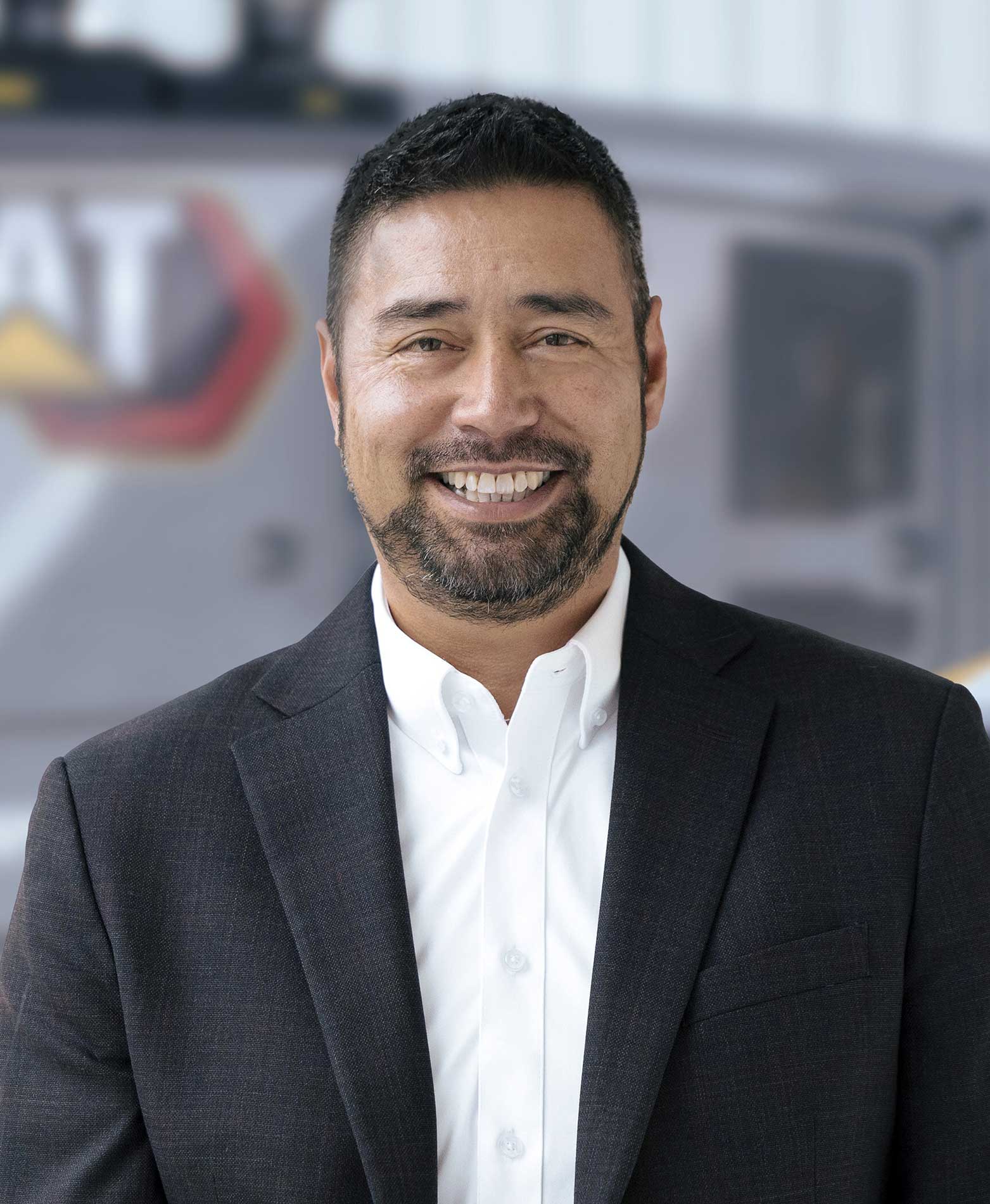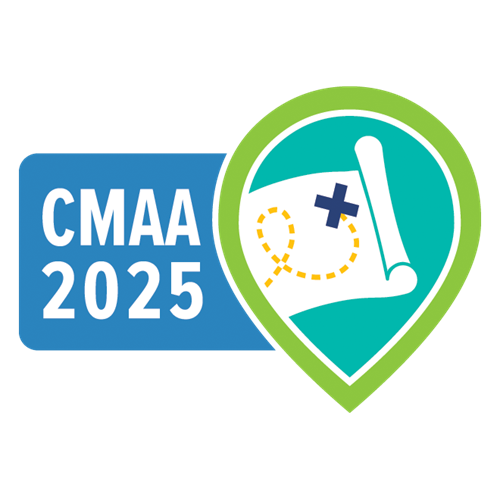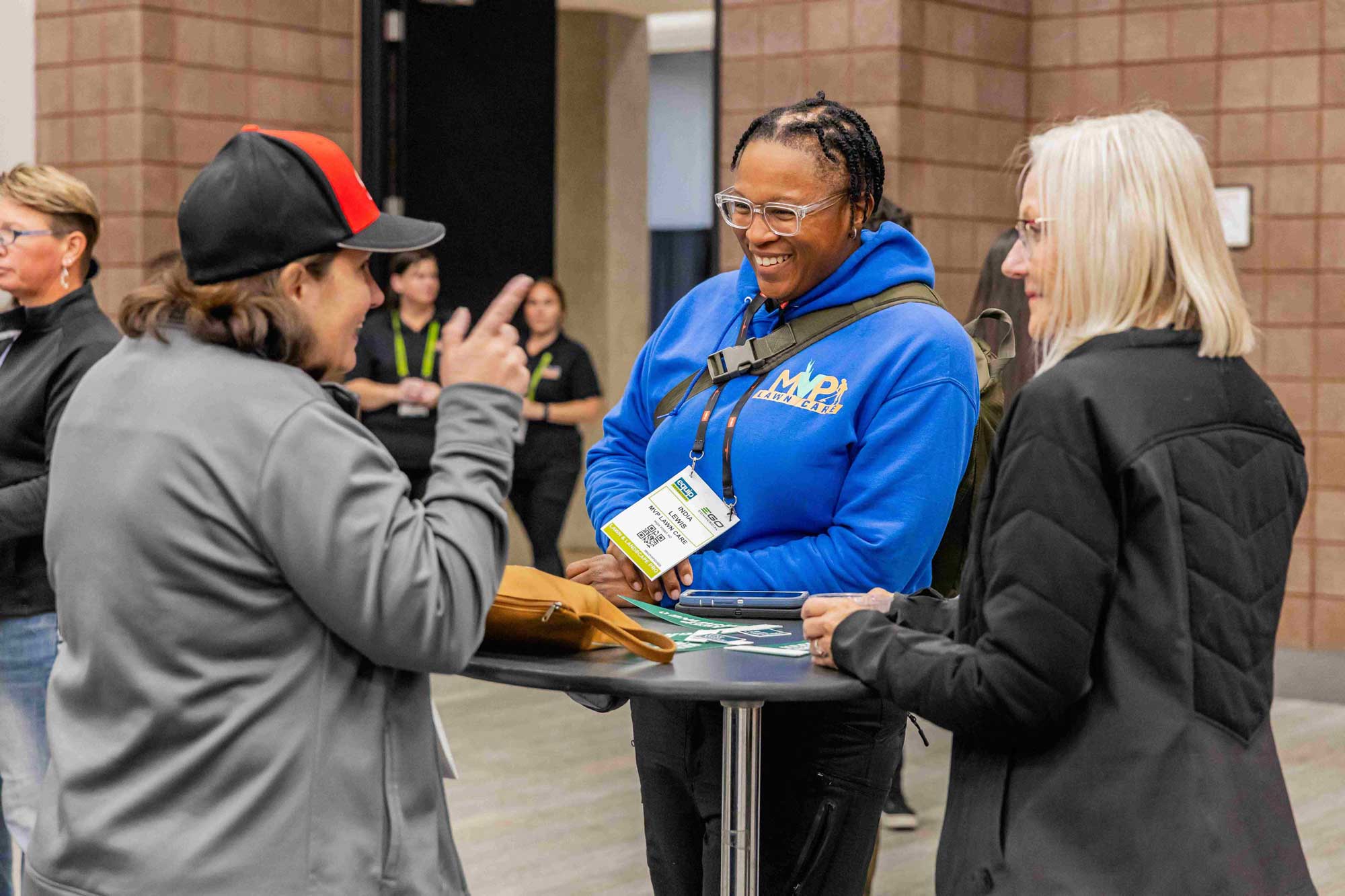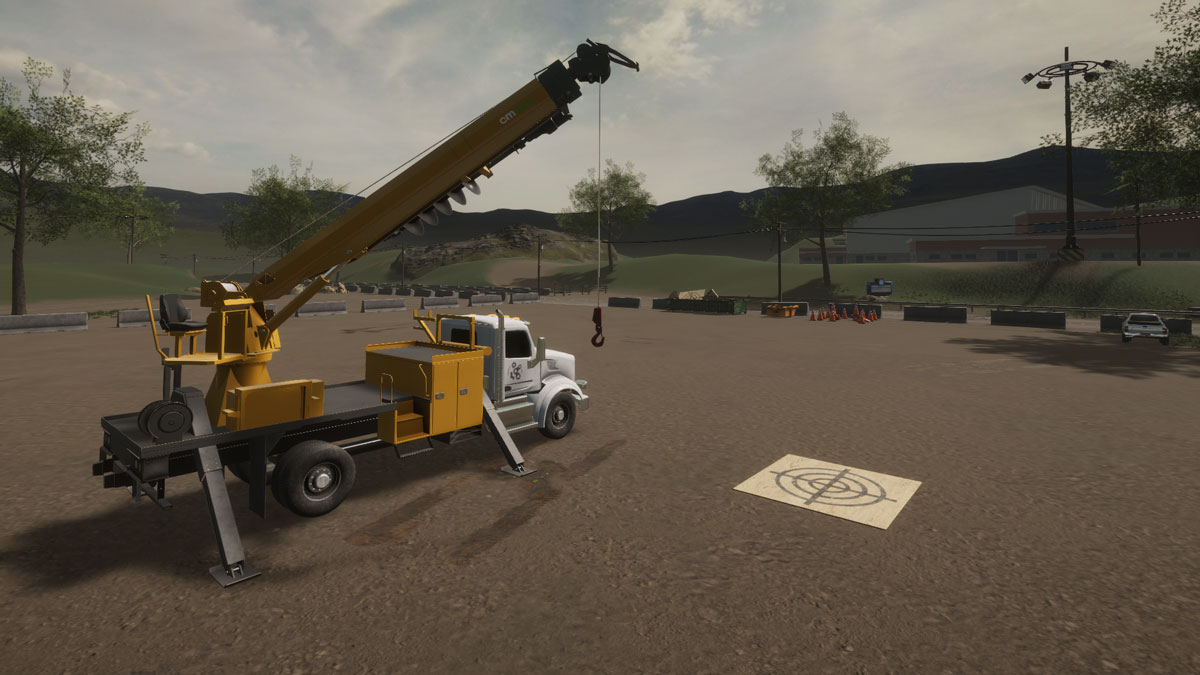Inside Caterpillar’s Vision for the Connected Jobsite: Tech, Telematics and Total Control
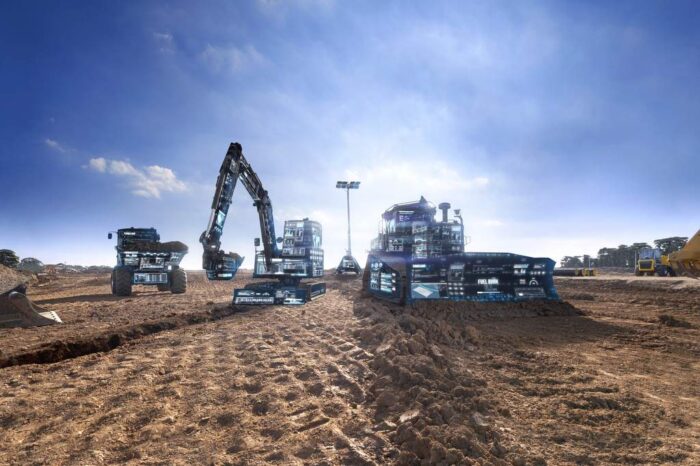
Cat Showcases Its Full Tech Stack at Construction and Technology Days 2025
Caterpillar rolled out a vision for the modern jobsite at its recent Construction and Technology Days. Held in early June at the Edwards Demonstration and Learning Center, the event showcased the company’s most advanced tech in the earthmoving equipment space, backed by the scale and influence of one of the world’s largest construction OEMs. Dealers invited customers from all over the country to attend. From machine control to remote operation, Caterpillar didn’t focus on what’s coming. It showed what’s already here. Executives, product managers, engineers and expert users broke down automation, grade control, telematics, safety tech and emissions reduction. Every detail pointed to one thing: Technology is no longer an upgrade — it’s core to staying competitive.
“We’re trying to articulate how these tools help our customers achieve higher productivity and be more efficient, while also being safer on their jobsite,” explained Lonnie Fritz, senior market professional at Caterpillar Inc. “We understand that customers have pain points. They have challenges. Most importantly, they have business goals as well. So, we’re really trying to showcase — whether it be in the classroom through presentations as you saw, or most importantly during breakout sessions and machine and technology demonstrations — how technology can maximize safety and help with business results.”
The world leading construction machinery maker made its position clear: grade control, automation, telematics, safety tech and remote operation are no longer nice-to-haves. They’re nearly essentials.
The Connected Jobsite
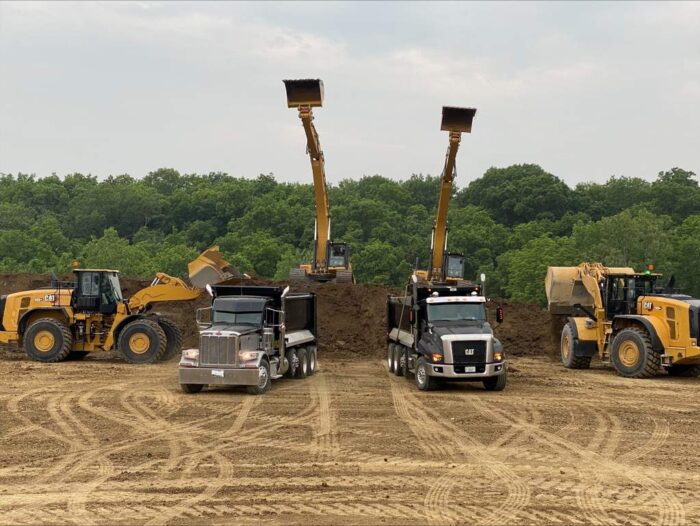
Caterpillar didn’t just talk tech — it brought it to life through a packed agenda of hands-on learning. The days were structured to offer multiple ways for customers to engage with the latest construction technologies. Interactive classroom-style sessions gave context to the machine capabilities, covering everything from how Payload tools measure production to how VisionLink turns telematics into fleet-wide decisions. Attendees rotated through product-focused breakout areas, engaging in Q&As with Caterpillar engineers, tech leads and application experts.
On the demonstration grounds, things turned up a notch. Machines roared to life as Cat staff ran scripted demo routines highlighting safety features, automation capabilities and remote operation. From the bleachers and viewing stations, attendees could watch technologies function in real time — seat belt alerts triggering, payload metrics updating and autonomy systems navigating with precision. Of course, it wouldn’t be a Caterpillar event without time in the seat. Caterpillar invited participants to operate equipment directly, testing grade assist functions, payload scales, safety features and even remote-control stations. The event struck a smart balance between presentation and participation, combining classroom learning with hands-on machine control for a full-circle education experience.
“There’s one constant that I believe is true — every jobsite is different,” said Chih Liang, vice president of Caterpillar. “You have different terrain, different soil, different weather conditions, different types of equipment, as well as different personnel. But there is a common theme. They have similar challenges. The first thing that we noticed is that customers consistently ask us about safety. Today we want to spend time talking about how technology can help our customers be safer. It’s just a starting point. The second thing that we’ve heard a lot about is labor shortages. It’s more and more difficult to find heavy equipment operators. The skill gap is increasing. The third challenge that we see a lot is in managing the owning and operating costs of equipment while maximizing productivity. A third of the cost that we see is on fuel alone.”
Contractor Panel
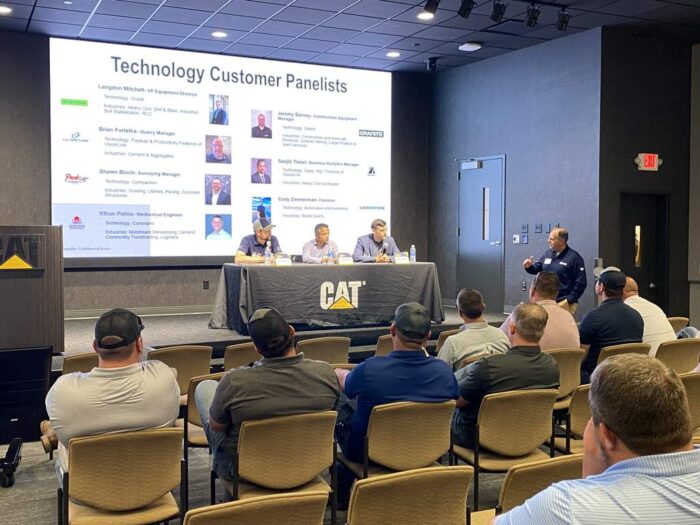
One of the most valuable moments of the event was a contractor panel, where experienced users broke down their use of Cat tech. From quarry operators to highway builders, each panelist shared how systems like VisionLink, Detect and Command impacted productivity, safety and ROI. Hearing real-world feedback added authenticity. It’s one thing to see a demo. It’s another to hear a quarry manager explain how telematics and payload saved his team time and revenue each week.
“We were really driven by accuracy,” explained Brian Fortelka, quarry manager at Cal Portland, which is using Payload and productivity features of VisionLink to support products and customers in the cement and aggregates industries. “You think about haul truck operators filling out paperwork every day, putting little tick marks down for how many loads they got. Somebody taking that paperwork at the end of the day, putting it into a spreadsheet. Just a lot of old school wasted efforts. So, this productivity system does all that for you. We uploaded aerial photographs of the property. We can tell where the load came from and then got dumped. We built geofences around different areas to get an accurate assessment of how many loads and how many tons got dumped there. We were really motivated by accuracy and ease of tracking. It was absolutely a journey to get there. The Payload aspect of it really requires a dedicated effort to keep accurate and in line, but now that we’re there, we’re extremely happy and it provides us the accuracy we were looking for.”
The Technologies
Tech allows machines to make smarter decisions, operators to stay out of harm’s way and managers to gain full visibility over every piece of equipment. As Caterpillar continues to push these innovations across its portfolio, the message is clear: The future of construction is already here, and it’s built on connectivity and control. Let’s add a little detail to each of these technologies.
Machine Control: Grade Control and Smart Compaction
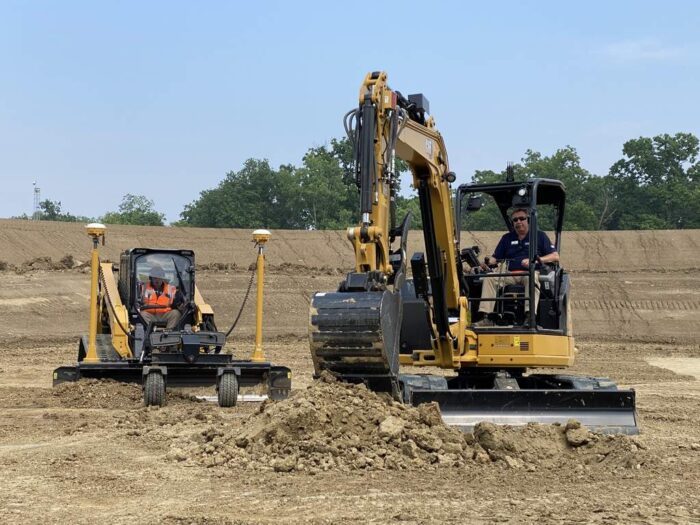
Caterpillar emphasized its evolving grade technology throughout the event. Whether in 2D, GNSS 3D or using laser, Cat Grade systems increase speed and accuracy in grading applications. Grade control or machine control and guidance (same thing) can be configured on everything from Cat’s dozers and big hydraulic excavators to its motor graders and Next Gen mini excavators. Cat highlighted its Smart Grader Blade attachments for its compact track loaders and its Ease of Use tech for its mini excavators.
“Today, we have Ease of Use from the 306 to 310 mini excavators, and by the end of this year it will be expanding to another machine,” teased Greg Worley, marketing professional for global mini excavators at Caterpillar. “We have Ease of Use indicate, entry level brake controls and we also have E-fence. I can set a fence if I’m working on a highway. I can swing to the right, continue to hold and it’s going to stop me from swinging into the lane of the traffic.”
Intelligent Compaction also took center stage. These systems use sensors and real-time feedback to optimize compaction passes and ensure complete coverage through mapping, saving time and ensuring proper density to maximize quality. Technologies like these reduce rework, lower operating costs and help meet increasingly stringent specs. Caterpillar showcased both integrated solutions and dealer-installed options, highlighting system versatility across machine sizes and site and soil types.
Automation and Remote Control: Cat Command
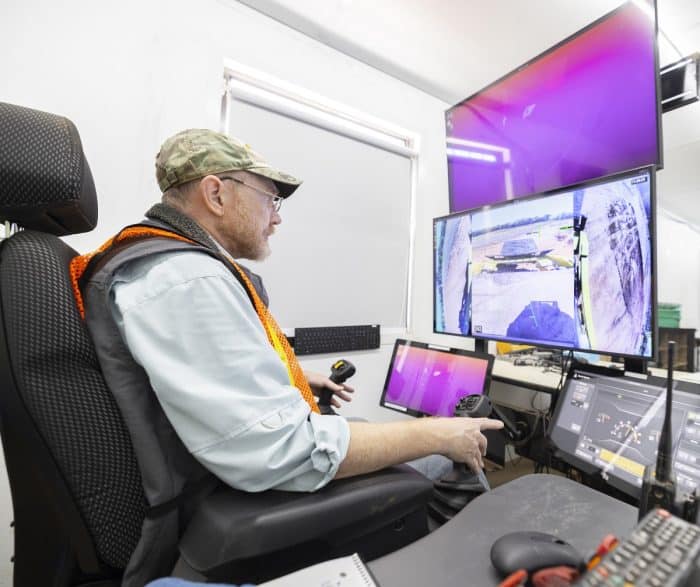
Cat Command is redefining how contractors control equipment. Whether in a line-of-sight remote console or via a full Command Station located miles away, this tech allows operators to run machines outside the cab. Command’s safety benefits were clear. No climbing in or out. No exposure to harsh environments. And with built-in fail-safes like A-Stop emergency shutdowns, it’s also built for peace of mind. Cat Command offers two systems — line of sight and non-line of sight. Both systems help operators avoid dangerous conditions and increase flexibility. Machines like dozers, excavators, loaders and compact track loaders are all Command-capable. Line of sight uses a waistband console — a portable, handheld controller that operates a unit within a short, viewable distance. Cat Command’s non-line-of-sight station utilizes a remote “cab” setup that mimics the in-machine environment and can be operated from anywhere in the world.
“[For non-line-of-sight applications] you can be five miles away, 500 miles away or even 5,000 miles away in a station in an air-conditioned room outside of a hazardous situation,” said Dan Wawerski, marketing manager at Cat. “Not only is it a safety benefit, but it could also be an efficiency gain. You’re going to be able to see the capabilities of being able to run a machine in one location and with the flip of a switch operate a different machine on the other side of the world.”
Equipment Insights: Telematics and VisionLink
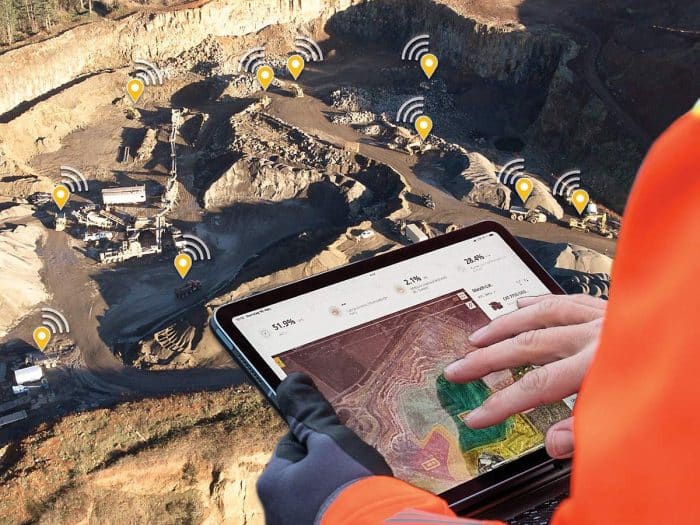
Caterpillar’s latest VisionLink platform gives contractors a single pane view of their fleets. The cloud-based system collects data from any brand of equipment and presents it in a streamlined interface for desktops or mobile. From fuel usage to fault codes, from idle time to location tracking, VisionLink lets contractors plan maintenance, dispatch machines and improve utilization. The “Needs Review” feature calls attention to the machines that need immediate action. Fleet managers can assign tasks, request service and order parts directly from the platform — no more bouncing between systems or emails.
“VisionLink is more today,” said Aekta Shah, senior product consultant with Caterpillar. “Now, not only can it help you reduce equipment downtime, but it can also optimize fuel consumption, increase the machine utilization and streamline maintenance. But did you also know that it can help expand daily production, maximize grade accuracy and enhance jobsite safety?”
Productivity and Payload: Smarter Earthmoving
Caterpillar’s Payload and productivity tools are now deeply integrated into machines like wheel loaders, scrapers and excavators. Customers checked out features that let them weigh materials on the go, track bucket loads and compare daily production against targets. This tech isn’t just about numbers. It’s about making better decisions. With accurate data on load counts and haul cycles, contractors can prevent overloading and underloading hauling units while keeping production on track.
“What’s your biggest challenge when loading trucks?” asked Mike Lenzie, marketing manager at Caterpillar. “You load’em too heavy and what happens? You risk getting fined. You load’em too light to be safe, and your trucking costs increase because you’re not sending the trucks out as full as they can. So, what if you had a payload system inside that excavator that you can measure bucket-by-bucket payload. Say the truck tare weight’s 22 tons, and every single bucket you put in you knew exactly where you were against that 22-ton weight target. That last pass you can meter in just enough to hit that 22-ton target within a 10th of a ton or so and send that truck off full, knowing that you’re not going to risk a fine, but you’re also getting the most out of the trucking costs as you possibly can.”
Safety Technologies: Detect Systems, Seat Belt Alerts and Smart Cameras
Jobsite safety got a major focus at the event, especially with Cat Detect systems. On machines like the Cat 150 motor grader and 777 off-highway truck, Detect uses smart cameras and radar systems to alert operators of nearby personnel and objects. New to many was Caterpillar’s Smart Camera, which adds visual alerts and overlays to help operators see people. When paired with Caterpillar’s Seat Belt Reminder and its Personnel Detection system for excavators, these features combine to reduce risk and improve compliance. Real-time alerts, audible warnings and recorded violations are all part of the push toward safer operation. And they’re built to work across mixed fleets too.
“Only about 45 percent of all hazards on a jobsite are identified by workers and management,” said Wawerski. “You name it. Whether that’s a motion collision potential, whether it’s a slip, trip or fall or an electrical hazard. Only 45 percent were identified. Said another way: About half of them are not identified. What if Caterpillar as an enterprise can help you and your operators identify a few of those near misses?”
Final Takeaway: Technology with Purpose
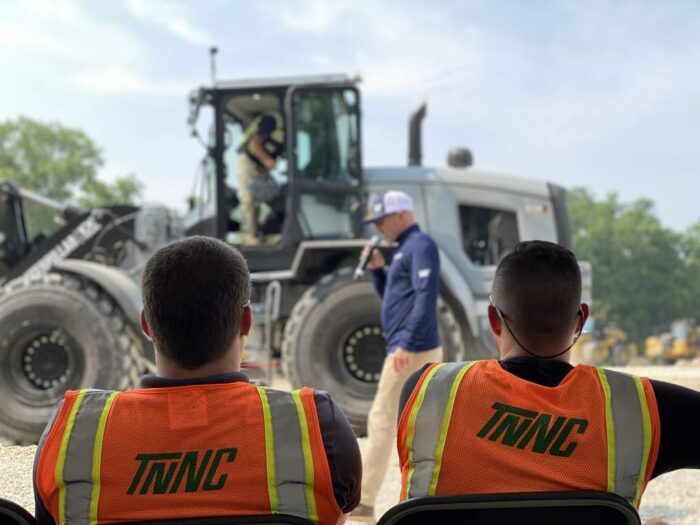
Caterpillar Construction and Technology Days 2025 wasn’t just about highlighting machines. It was about how Caterpillar’s full tech stack is integrated into an ever more interconnected jobsite. Caterpillar’s telematics service VisionLink serves as the digital hub, collecting machine and attachment data in real time and turning it into actionable insights for operators, managers and schedulers. Grade control and Payload systems ensure material is moved precisely, improving efficiency and reducing costly rework. Safety systems like Cat Detect and Smart Camera help protect crews with proactive alerts and enhanced visibility. Meanwhile, Cat Command allows machines to be operated remotely or autonomously, reducing risks and enabling flexibility in staffing and scheduling.
“The word that comes to mind is it’s an ecosystem of technology,” said Fritz. “You look at Caterpillar and technologies like Payload, Command and VisionLink. It’s a whole ecosystem of technologies with all these subgenres. Take grade control. Ease of Use grade features, Cat grade 2D with assist and Cat grade 3D. You got cross slope. You got auto cross slope. So, you get all these tailored application-based solutions from just grade itself. Here we’re really trying to bring that all together. We’re further educating our customers of Caterpillar’s scalable technologies and how these technology solutions alleviate there jobsite challenges while meeting their business goals.”
Keith Gribbins is publisher of Compact Equipment.
Find out more about some of the largest skid steers on the market.

